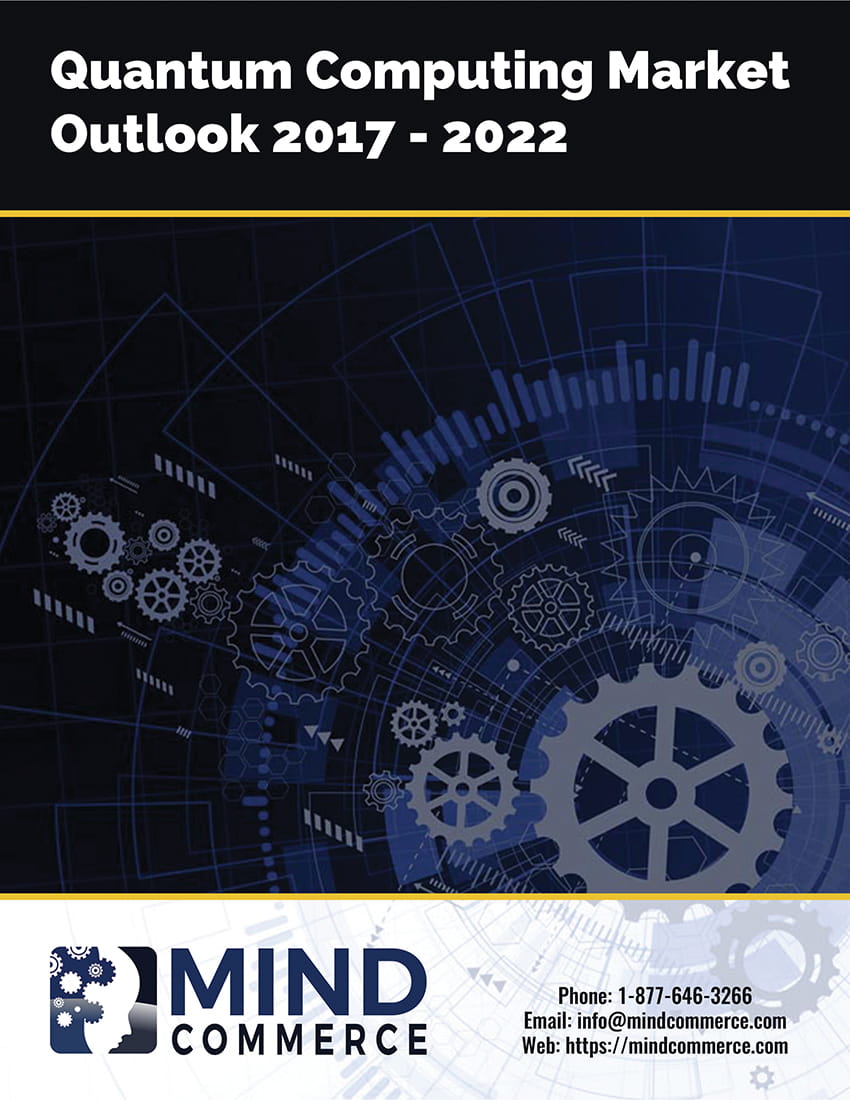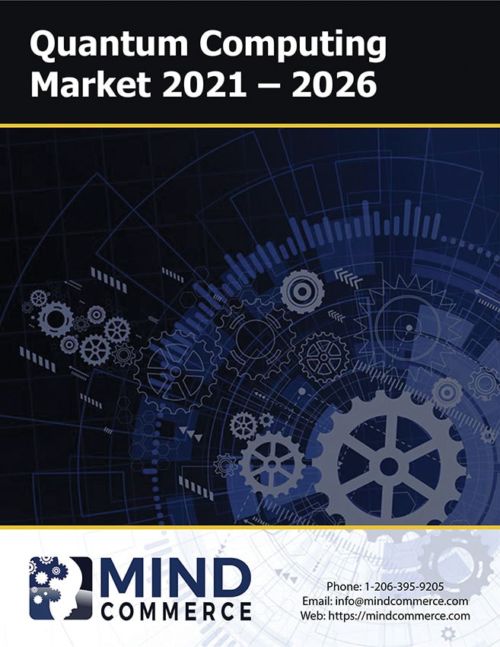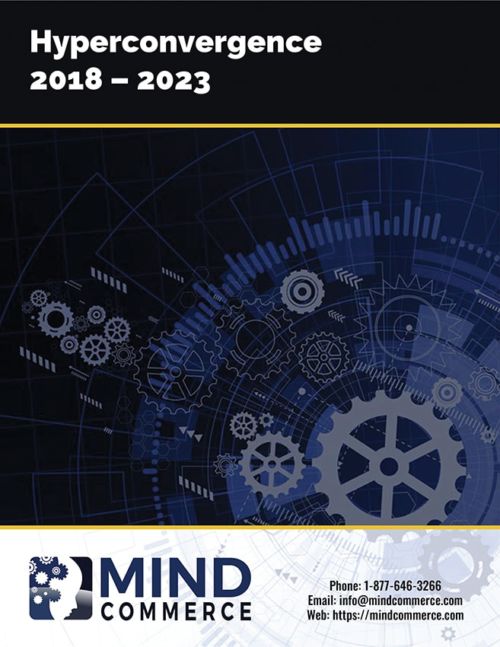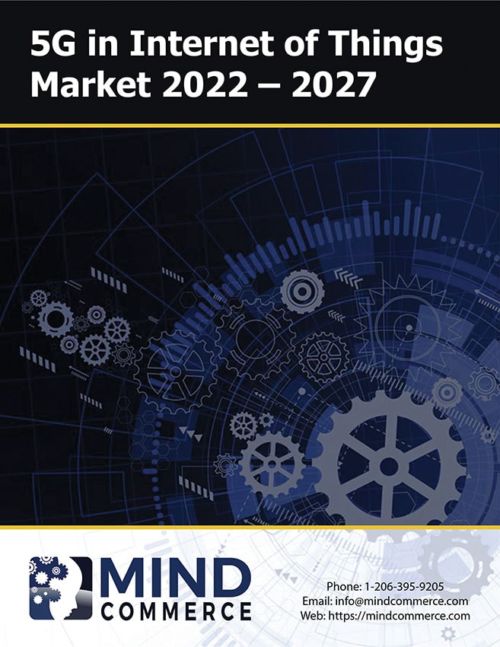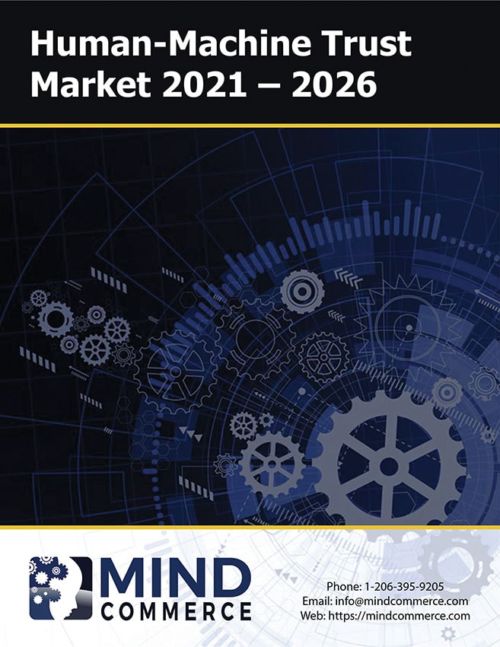Description
Quantum computing represents a theoretical computational system, based upon quantum theory, which deals with physical phenomena at the nano-scale. One of the most important aspects of quantum computing is the quantum bit (qubit), a unit of quantum information that exists in two states (horizontal and vertical polarization) at the same time thanks to the superposition principle of quantum physics.
Unlike bits in classical computing, which must be in one state or another (e.g. zero or one), the simultaneous two-state nature of qubits facilitates processing that is orders of magnitude greater than conventional computing methods. The implications for data processing, communications, digital commerce and security, and the Internet as whole cannot be overstated as quantum computing is poised to radically transform the Information and Communications Technology (ICT) sector.
In addition to many anticipated impacts within the ICT vertical, it is anticipated that quantum computing will disrupt entire industries ranging from government and defense to logistics and manufacturing. No industry vertical will be immune to the potential impact of quantum computing, and therefore, every industry must pay great attention to technology developments, implementation, integration, and market impacts.
This research assesses the technology, companies/organizations, R&D efforts, and potential solutions facilitated by quantum computing. The report provides global and regional forecasts as well the outlook for quantum computing impact on hardware, software, applications, and services from 2017 to 2022. All purchases of Mind Commerce reports includes time with an expert analyst who will help you link key findings in the report to the business issues you’re addressing. This needs to be used within three months of purchasing the report.
Table of Contents
1 Introduction
1.1 Quantum Computing Overview
1.2 Quantum Computing Technology
1.3 Quantum Computing Considerations
1.4 Market Challenges and Opportunities
1.5 Recent Developments in Quantum Technology
1.6 Quantum Computing Intellectual Property
2 Quantum Computing Ecosystem
2.1 Revenue Factors
2.2 Quantum Computing Value Chain
2.3 Quantum Computing Application
2.4 Competitive Landscape
2.5 Government Investment in Quantum Computing
2.6 Quantum Computing Stakeholders by Country
3 Quantum Computing Market Analysis and Forecasts
3.1 Global Market Forecasts 2017 – 2022
3.1.1 Combined Quantum Computing Market
3.1.2 Quantum Computing Market by Segment
3.1.2.1 Quantum Computing Market by Hardware Type
3.1.2.2 Quantum Computing Market by Software Application
3.1.2.3 Quantum Computing Market by Service Type
3.1.3 Quantum Computing Market by Technology
3.1.4 Quantum Computing Market by Industry Vertical
3.1.5 Quantum Computing Market by Revenue Source
3.2 Regional Market Forecast 2017 – 2022
3.2.1 Quantum Computing Market by Region
3.2.2 North America Market by Segment, Technology, Industry Vertical, and Country
3.2.3 Europe Market by Segment, Technology, Industry Vertical, and Country
3.2.4 APAC Market by Segment, Technology, Industry Vertical, and Country
3.2.5 Latin America Market by Segment, Technology, Industry Vertical, and Country
3.2.6 Middle East & Africa Market by Segment, Technology, Industry Vertical, and Country
4 Company Analysis
4.1 D-Wave Systems Inc.
4.2 1QB Information Technologies Inc.
4.3 Cambridge Quantum Computing Ltd.
4.4 QC Ware Corp.
4.5 MagiQ Technologies Inc.
4.6 Research at Google Inc.
4.7 Microsoft Corporation Station Q
4.8 IBM Corporation
4.9 QxBranch LLC
4.10 Rigetti Computing
4.11 Anyon Systems Inc.
4.12 Quantum Circuits Inc.
4.13 Intel Corporation
5 Conclusions and Recommendations
5.1 The Impact of Quantum Computing
5.2 Exascale Computing and Large Scale Quantum Computing
5.1 Quantum Communications and Quantum Internet
5.1 Quantum Security and Quantum Insecurity
Tables
Table 1: Quantum Computing Patent List
Table 2: Quantum Computing Local Stakeholder
Table 3: Global Quantum Computing Market by Segment 2017 – 2022
Table 4: Global Quantum Computing Market by Hardware Type 2017 – 2022
Table 5: Global Quantum Computing Market by Software Application 2017 – 2022
Table 6: Global Quantum Computing Market by QCaaS Type 2017 – 2022
Table 7: Global Quantum Computing Market by Technology 2017 – 2022
Table 8: Global Quantum Computing Market by Industry Vertical 2017 – 2022
Table 9: Global Quantum Computing Market by Revenue Source 2017 – 2022
Table 10: Global Quantum Computing Market by Region 2017 – 2022
Table 11: North America Quantum Computing Market by Segment 2017 – 2022
Table 12: North America Quantum Computing Market by Hardware Type 2017 – 2022
Table 13: North America Quantum Computing Market by Software Application 2017 – 2022
Table 14: North America Quantum Computing Market by QCaaS Type 2017 – 2022
Table 15: North America Quantum Computing Market by Technology 2017 – 2022
Table 16: North America Quantum Computing Market by Industry Vertical 2017 – 2022
Table 17: North America Quantum Computing Market by Country 2017 – 2022
Table 18: Europe Quantum Computing Market by Segment 2017 – 2022
Table 19: Europe Quantum Computing Market by Hardware Type 2017 – 2022
Table 20: Europe Quantum Computing Market by Software Application 2017 – 2022
Table 21: Europe Quantum Computing Market by QCaaS Type 2017 – 2022
Table 22: Europe Quantum Computing Market by Technology 2017 – 2022
Table 23: Europe Quantum Computing Market by Industry Vertical 2017 – 2022
Table 24: Europe Quantum Computing Market by Country 2017 – 2022
Table 25: APAC Quantum Computing Market by Segment 2017 – 2022
Table 26: APAC Quantum Computing Market by Hardware Type 2017 – 2022
Table 27: APAC Quantum Computing Market by Software Application 2017 – 2022
Table 28: APAC Quantum Computing Market by QCaaS Type 2017 – 2022
Table 29: APAC Quantum Computing Market by Technology 2017 – 2022
Table 30: APAC Quantum Computing Market by Industry Vertical 2017 – 2022
Table 31: APAC Quantum Computing Market by Country 2017 – 2022
Table 32: Latin America Quantum Computing Market by Segment 2017 – 2022
Table 33: Latin America Quantum Computing Market by Hardware Type 2017 – 2022
Table 34: Latin America Quantum Computing Market by Software Application 2017 – 2022
Table 35: Latin America Quantum Computing Market by QCaaS Type 2017 – 2022
Table 36: Latin America Quantum Computing Market by Technology 2017 – 2022
Table 37: Latin America Quantum Computing Market by Industry Vertical 2017 – 2022
Table 38: Latin America Quantum Computing Market by Country 2017 – 2022
Table 39: MEA Quantum Computing Market by Segment 2017 – 2022
Table 40: MEA Quantum Computing Market by Hardware Type 2017 – 2022
Table 41: MEA Quantum Computing Market by Software Application 2017 – 2022
Table 42: MEA Quantum Computing Market by QCaaS Type 2017 – 2022
Table 43: MEA Quantum Computing Market by Technology 2017 – 2022
Table 44: MEA Quantum Computing Market by Industry Vertical 2017 – 2022
Table 45: MEA Quantum Computing Market by Country 2017 – 2022
License Types
Licensing Rights and Privileges
Our publications represent client privileged information. No material in them may be stored, reproduced, distributed, in whole or in part, without prior written permission from Mind Commerce.
License Types
Single-User: Provides the right to the purchaser or their designee to utilize a publication including reading, printing, and storing on one machine such as a laptop or desktop computer. This license is appropriate for an individual or single-person usage within a company.
Multi-User: Provides the right for a group of up to five people within an organization to utilize a publication including reading, printing, and storing on one machine for each respective user. (Note: Let us know if you need a special license for more than five people but less than an entire corporate site).
Enterprise Site: Provides the right for a Single Site of an Organization to store, read, and distribute a publication within its own organization. This licensing option is often chosen by businesses or NGO’s that have a single site/location.
Global Enterprise: Provides the right for an Entire Global Organization to store, read, and distribute a publication within its own organization (including placement on corporate intranet), but not distribute outside the enterprise to any third party. This licensing option is often chosen by large businesses, governments, or NGO’s to Benefit all Employees and also to Maintain Organizational Intellectual Property Compliance.
Payment Options
Mind Commerce offers flexible and convenient methods for ordering research and paying for purchases:
- Credit Card: Major credit cards via secure online, fax, or over the phone – Read More
- Purchase Order: We accept corporate PO to initiate a research order – Read More
- Prepayment: Purchase prepaid credit for future research requests – Read More
- Payment via Check, ACH, or Wire: Electronica of physical check – Read More
- Alternative Payments: Payment via a client’s PayPal account – Read More


